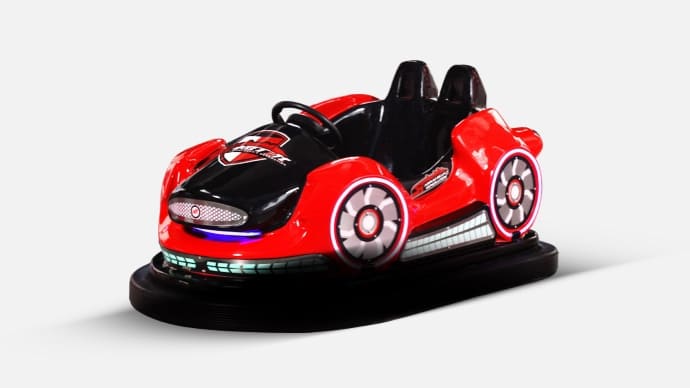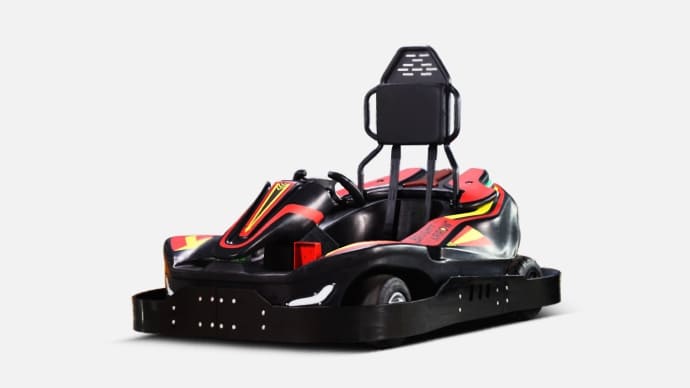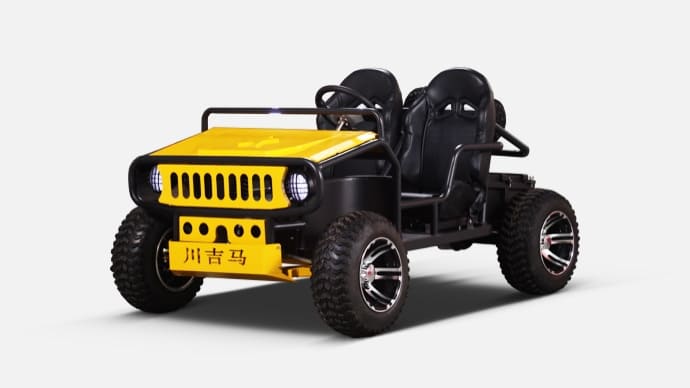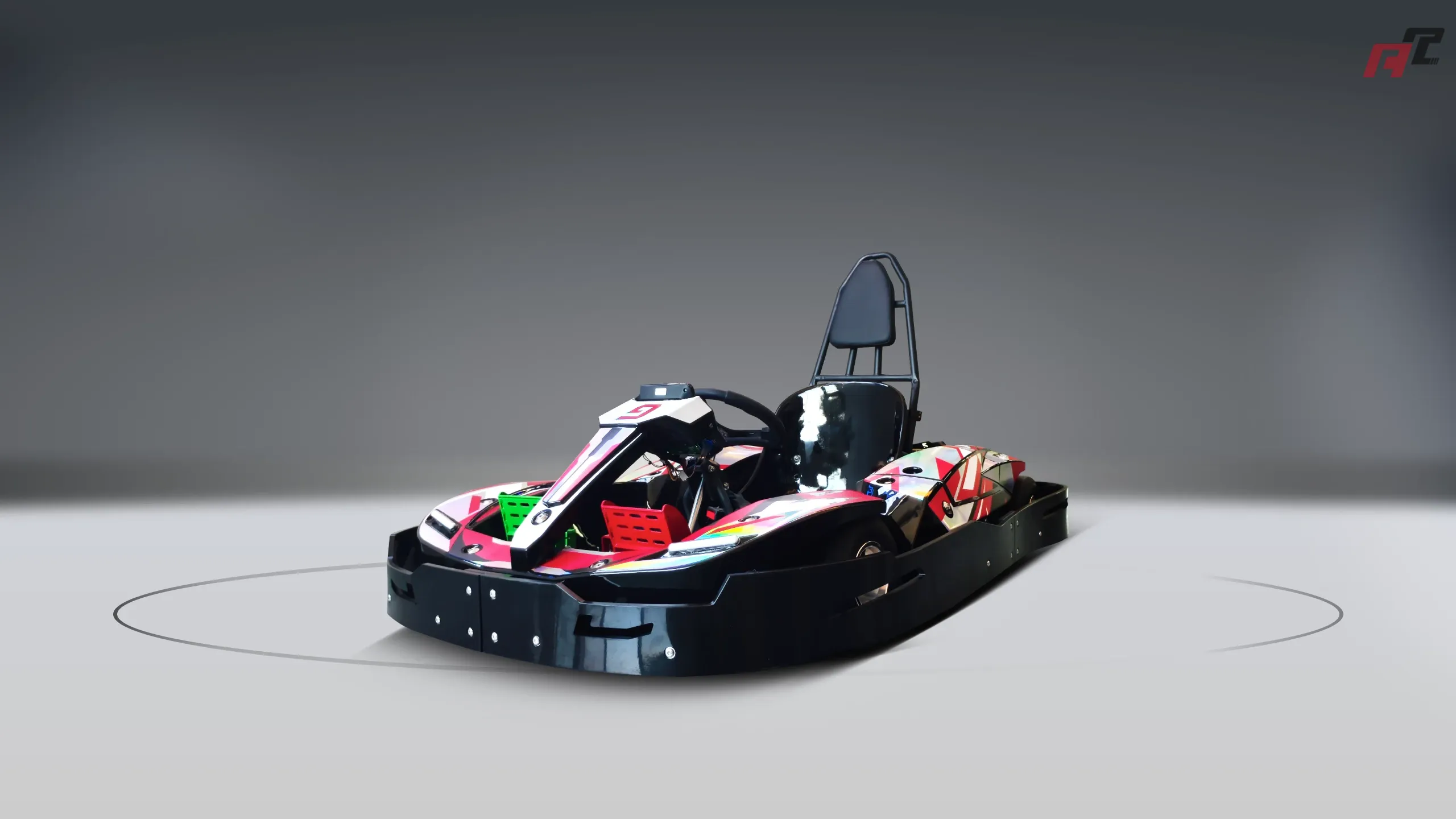What is the fastest go-kart? | ANCHI Guide
This article explores the factors determining a go-kart's speed, going beyond just engine power. It highlights the crucial roles of chassis design, tire selection, gear ratios, driver skill, and track conditions. Understanding these elements is key to optimizing for maximum velocity.
What is the Fastest Go-Kart?
Determining the absolute fastest go-kart is tricky. Speed depends heavily on factors beyond just the kart itself. This article clarifies what influences go-kart speed and helps professionals understand how to optimize for maximum velocity.
Factors Affecting Go-Kart Speed
Several factors contribute to a go-kart's top speed. Understanding these is crucial for achieving peak performance.
Engine Power and Type: Higher horsepower engines naturally translate to higher speeds. The type of engine (e.g., 2-stroke vs. 4-stroke) also affects power delivery and overall performance. Consider the engine's torque curve for optimal acceleration and top speed.
Chassis Design and Weight: A lightweight, aerodynamic chassis minimizes drag and improves acceleration. The material and design significantly impact handling and overall speed. Proper weight distribution is critical for balance and speed.
Tire Selection and Condition: High-performance tires with optimal grip provide better traction and minimize slippage, leading to faster speeds. Tire pressure and condition are also crucial. Worn tires drastically reduce performance.
Gear Ratio: The gear ratio significantly affects acceleration and top speed. Choosing the right gear ratio is critical for maximizing speed on specific tracks. This requires careful consideration of the engine's power band and the track's characteristics.
Driver Skill: Even the fastest go-kart will be slower with an inexperienced driver. Skilled drivers can maximize the kart's potential through precise control and efficient driving techniques.
Beyond the Basics: Advanced Considerations
While the above factors are fundamental, professionals also consider more nuanced aspects:
Aerodynamics: Advanced aerodynamic designs, such as bodywork modifications, can significantly reduce drag and improve top speed.
Track Conditions: The track's surface, incline, and overall layout significantly impact go-kart speed. A perfectly tuned go-kart might be slower on a bumpy, uneven track.
Maintenance: Regular maintenance, including engine tuning and component replacement, is vital for maintaining optimal performance and preventing speed-reducing issues.
In conclusion, there's no single fastest go-kart. Optimizing for speed requires a holistic approach, considering all the factors mentioned above. Careful planning and attention to detail are key to achieving peak performance.














